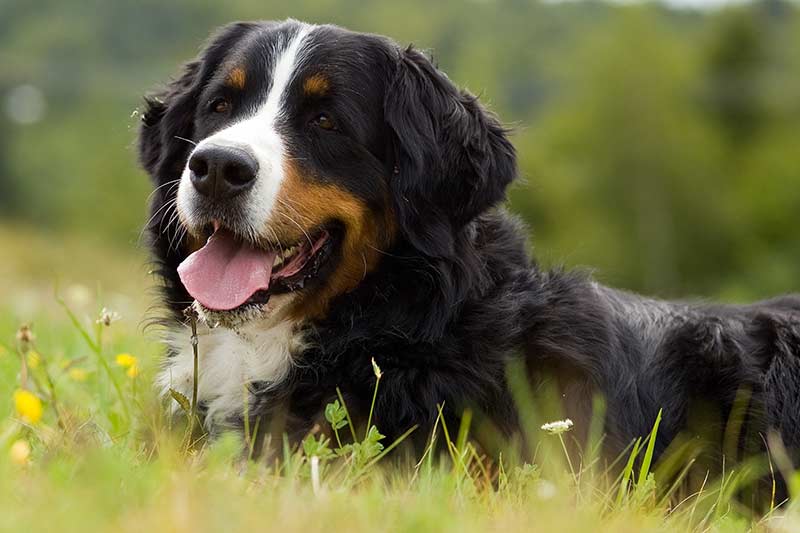
Giant dog breeds are amazing.
They have the classic puppy personality, packed into a body that's destined to grow to over 80lbs in weight and often upwards of 30 inches tall.
Incredible!
Let's take a closer look at some the most impressive pups in the canine kingdom.
Giant Dog Breeds
To search for your new favorite super-sized dog by breed, click on the images below:
Alaskan Malamute
AMERICAN MASTIFF
ANATOLIAN SHEPHERD
BERNESE MOUNTAIN DOG
BOERBOEL
BORZOI
GREAT PYRENEES
IRISH WOLFHOUND
KANGAL
Giant Breed Mixes
Another great way to find the perfect super sized pup, is with a mixed breed.
Cross bred dogs can have the pros or cons of their parents. Or a mixture of both!
So read up carefully on your chosen combination before taking the plunge.
Anatolian Shepherd mixes
Bernese Mountain Dog mixes
Great Dane mixes
Comparing Giant Breeds
Not sure which giant dog breed is the right one for you?
We've looked at some common comparisons, to see which might be right for you!
Bernese Mountain Dog vs Newfoundland
Bernese Mountain Dog vs Saint Bernard
Scottish Deerhound vs Irish Wolfhound
Caring for Giant Dog Breeds
Although a dog is always a dog, extra large pups have some different requirements.
They need food that helps them to grow slowly but steadily.
And equipment that can manage their weight and strength.
These articles will help you find the right fit!
Feeding Your Giant Breed
There are a range of specialist dog foods available, but not all of them cater to truly enormous pups.
The articles linked below look at the exact needs of the beautiful breed in question.
And help you to get them exactly the nutritional balance they require to stay fit and healthy.
Big Kit For Big Breeds
Not breed specific, but specifically for big breeds!
These articles take a look at the top products for owners of extra large pets.
The Best Giant Dog Breeds
If you know you want a pup that will grow into a massive adult, then there are some amazing breeds to choose from.
Big dogs are a big responsibility, so do your research and planning.
Find out what health issues they are likely to face, and what you can do to reduce them.
And check out any temperament traits that might have an impact on your family.
Our favorite giant breeds are probably the Newfoundland, BERNESE MOUNTAIN DOG and GREAT DANE. What are yours? Let us know in the comments section below!
Not found the right breed for you? Check out every size breed and mix imaginable in our ultimate Breed Guide here.

william ashley says
wonted some info on breeds in dog/cat’s